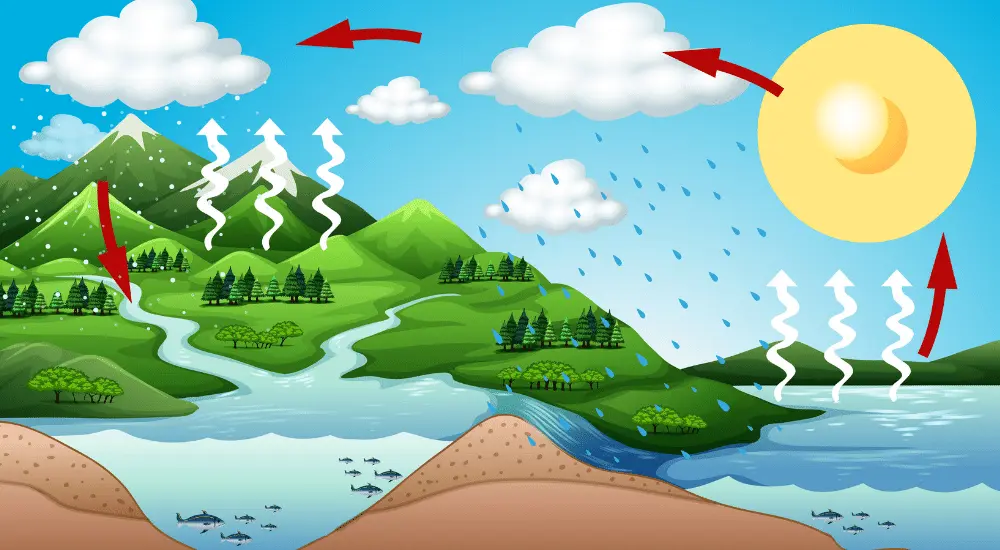
AN INTRODUCTION
Welcome to GEOexams, your premier tutorial website dedicated to Earth Science students. Our platform offers a wide range of study materials, including multiple-choice questions (MCQs), multiple-select questions (MSQs), and quizzes, meticulously designed to aid you in exam preparation. With our comprehensive resources and interactive quizzes, you can strengthen your understanding of key Earth Science concepts and assess your knowledge effectively. Whether you’re studying geology, meteorology, oceanography, or environmental science, GEOexams is here to support you every step of the way. Prepare with confidence, excel in your exams, and start your journey toward academic excellence today!

POPULAR MCQ


Geological Time Scale – Important MCQ

Water Cycle MCQ – Practice Questions with Answers

Solar System Facts | 50+ Important MCQ On Our Solar System

The Earth Facts | 50+ Important MCQ On The Blue Planet

Important MCQ on Earthquake Seismology
OUR BLOG
Subscribe our newsletter for receiving updates on new posts. We don’t spam you.

